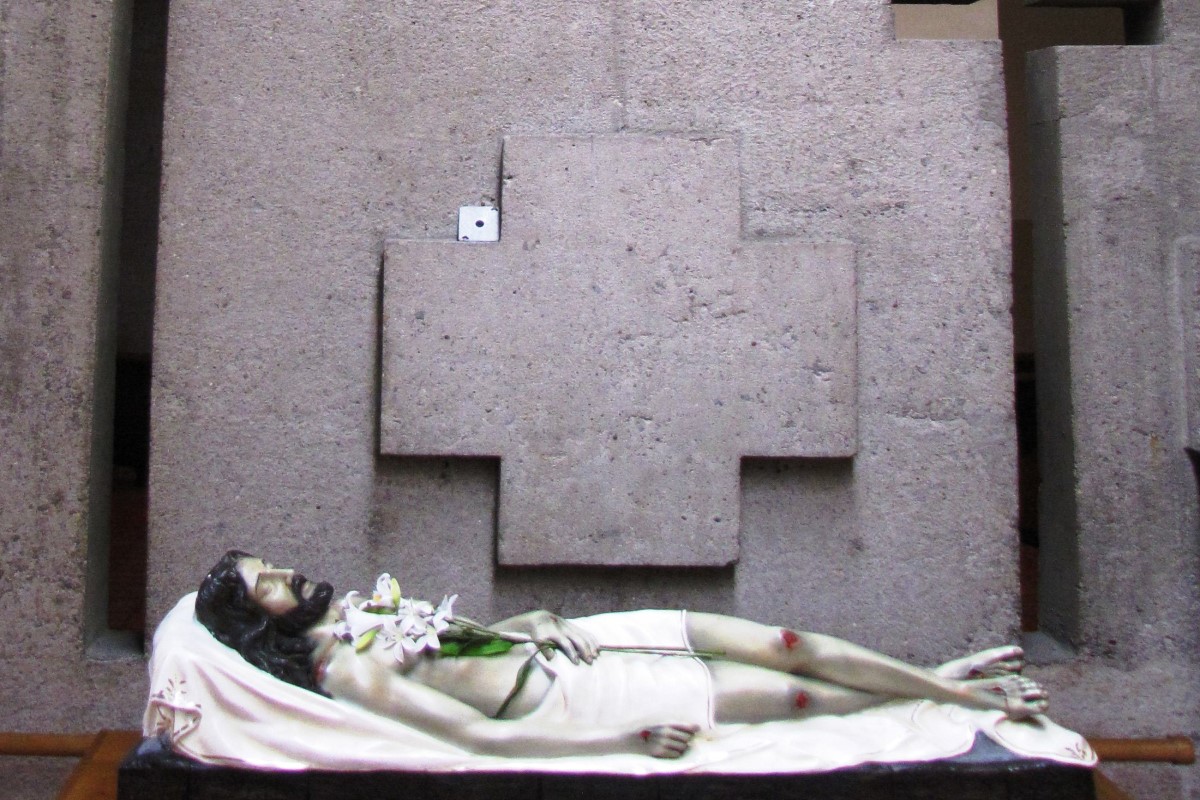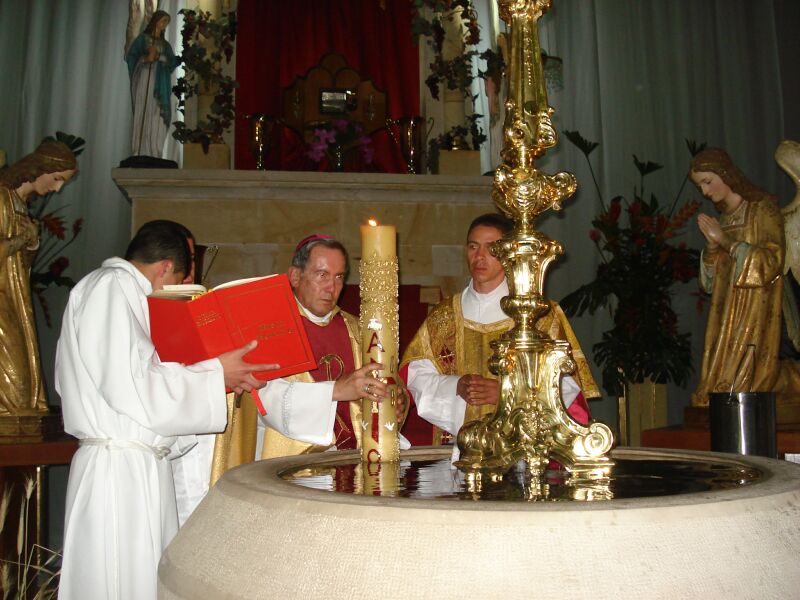Holy Saturday or Saturday of Glory is a religious celebration that is part of Holy Week, so be sure to read this article in which we are going to tell you what its history is over time, what it means for Catholics of the world and what is done on that day, which is one of mourning, pain and sadness where time is allocated for silence and reflection, so continue reading so that you have it in mind when the time comes next Easter Week.

Saturday of Glory
Glory Saturday or Holy Saturday is celebrated on the Saturday of the week in which the first full moon of spring falls. It is also called the third day of the Easter Triduum, which ends with Easter Sunday and with the so-called Holy Week. This day is the commemoration of the placement of Jesus in the Sepulcher and his descent into hell.
Liturgies of Holy Saturday
This day celebrates the death of Jesus, his descent into hell and his subsequent ascent to Paradise in the Catholic religion around the world, among them are the Catholic Church, the Orthodox Church of the East and the Anglican Church of England, each of they have a way of doing their liturgy or celebrating their masses.
Catholic Church
For Catholics this day is a day of mourning, sadness and pain in which silence must be observed and where there is no celebration of the Eucharist or mass. The celebration of the Soledad de María is also held, since the body of her son is taken to the tomb and has remained in the company of the Apostle Juan who has received her in her house. The churches exhibit in their corridors the images of Christ crucified or in the tomb, where the allegory is made that he has descended to hell, and that is what is called the mystery of Holy Saturday.
The Eucharist is not done just as it is not done on Good Friday. On that day there is no type of act in the church or administration of sacraments, only what refers to the Anointing of the Sick and penance. The doors of the church are kept open, with the lights off and the parents administering the sacrament of confession. At night an Easter Vigil is usually held where the blessing of water and fire is made.
It was called Glory Saturday until Pope Pius XII carried out the liturgical reform in 1955, that day the celebration of the Resurrection used to be held in the morning hours of Saturday, since a preparation fast for Communion had to be done. Sacramental that is done from midnight. Since Friday used to be a fast, extending it one more day seemed to be too much.
That is why Pope Pius XII, through the Decree Dominicae Resurrectionis of February 9, 1951, let the vigil be held on Saturday night and that it be like the day of waiting for the celebration of the resurrection of the Lord that corresponds to the Day following Sunday.
The blessing of the new fire
When all the lights are turned off, outside the church a brazier is lit with a stone fire, which is prepared by the sacristan. Before the day's work begins, he must have the utensils at hand to take the embers and put them in the censer. This blessing is traditional from French Gaul, in which it was customary to extract fire by striking a stone which is the representation of Christ, or the cornerstone that, due to the blows received on the cross, covered us with the Holy Spirit.
It is called new fire since it is to represent the next resurrection of the Lord, being a divine light that has been extinguished for three days and that appears in the tomb of Christ for the day of the Resurrection. It is a new fire because Christ is coming out of his tomb. In the first centuries of Christianity the ceremony was already known, and in the Romans it was customary to light a lamp to illuminate the nights.
The blessing of the baptismal font
The priest does the blessing of the water as a way to begin and remember the wonders of God performed through water. Subsequently, the water is divided into four parts, as purified water, and drops from the four cardinal points are poured into it. The paschal candle must be submerged three times in the baptismal font, which is the power to regenerate that the risen Jesus had, and in which we can participate in the paschal mystery, this process through which we die in sin and rise again by grace. of God.
A little of the oil of the catechumens and a little of the Holy Chrism is also placed on it and it is the water that should be used to carry out the sacrament of baptism throughout the year and it is the one that is spread on the faithful on Saturday night. After the blessing, the entire procession returns singing the Litany of All Saints, and when they arrive at the altar the ministers must meditate on the death and burial of Jesus.
Orthodox Church
For this Church it is called Great Saturday and it is done to remember the rest of Christ in the tomb, his descent to hell and his ascent to paradise, usually for the Orthodox Church a liturgy is held in the Basilica of Saint Basil the Large, where everyone is in great silence and meditating, while the Eucharist is celebrated.
Anglican church
In the Anglican Church, a ritual is very similar to that of the Catholic Church, but unlike this, the mantle used to cover the altar instead of being white, is changed to a black one, as a sign of mourning. by the death of Jesus Christ our Lord.
We recommend that you also read these other topics:
- 7 words of Jesus on the Cross
- How is the Catholic Bible divided?
- How many books does the Catholic Bible have?

